GNRB - ACL Assessment Arthrometer
Knee Ligament Analysed: ACL
Movement Measured: Anterior Translation
For orthopedic surgeons, radiologists, physiotherapists, and sports doctors, Genourob provides advanced knee health tools. The GNRB arthrometer offers unmatched precision in assessing knee stability, crucial for early ligament injury detection. It's instrumental for prompt, effective treatment, reflecting Genourob's dedication to pioneering medical solutions that enhance patient care and diagnostic proficiency.
This device is an innovative medical instrument tailored for the detection, prevention, rehabilitation, and continuous observation of patients suffering from knee ligament impairments. It delivers meticulous evaluations of knee laxity by executing automated anterior drawer evaluations examinations, with a primary emphasis on the anterior cruciate ligament (ACL).
What is GNRB?
Unlock unparalleled clarity in knee ligament assessment with GNRB: where precision meets simplicity, redefining the gold standard in ligament diagnostics & Treatment.
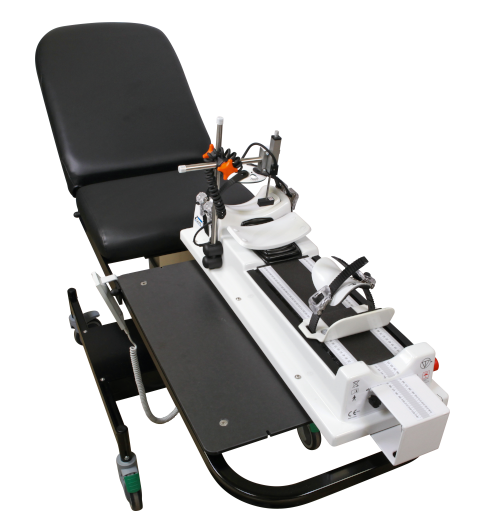

<Diagnose Diagnose Partial & Complete ruptures of the Anterior Cruciate Ligament (ACL).
Analyse the state of resistance of the ACL by applying automated anterior tibial translation (Automated Lachman Test).
Results are shown under the form of compliance curves (force/displacement curves) + Tables Chart with displacement data.
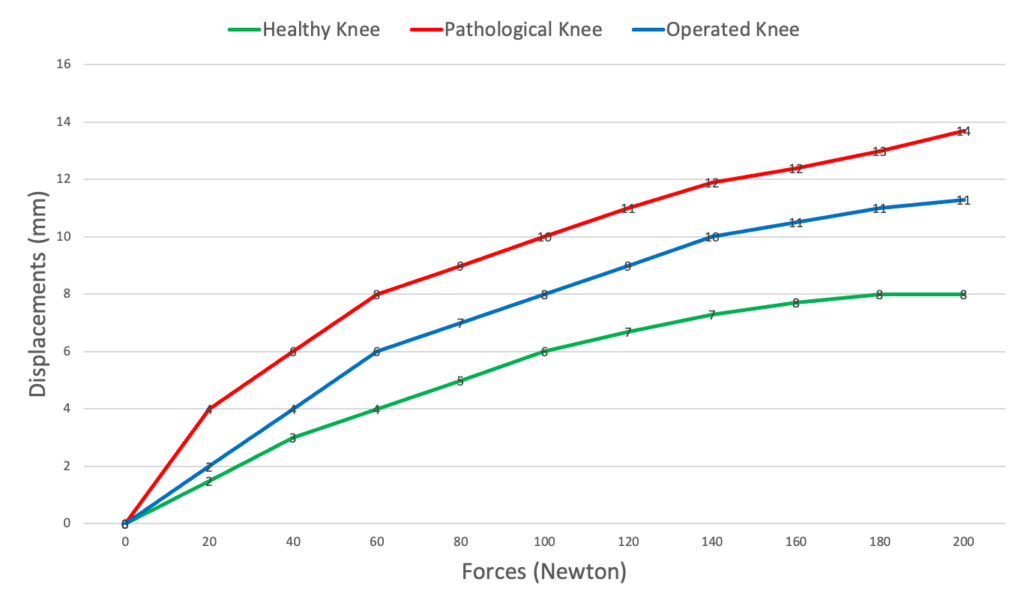

<Diagnose The dynamic test simulate every day knee stresses, providing a comprehensive framework for precise surgical planning. This, coupled with MRI static results, offers a holistic view of knee health.
Translation findings reveal the condition of the ACL, while rotation outcomes determine the need for Extra-Articular Plasty, ensuring a well-rounded approach to treatment and recovery.

<Diagnose Our tests use non-invasive technology for safe, painless knee diagnostics, ensuring a stress-free experience. Gentle yet advanced, our automated techniques accurately assess ligament conditions without discomfort, allowing for thorough examinations with minimal patient disruption.

The combination of advanced sensors, defined testing parameters, and a uniform procedure delivers reproducible results that healthcare professionals can trust. This reliability enhances the precision of treatment plans, offering patients a clear path to recovery and bolstering confidence in their care.

Thanks to our system's high reproducibility, we maximize the effectiveness of early detection and preventive strategies, paving the way for ongoing follow-ups. This structured approach seamlessly transitions into rehabilitation, focusing on recovery and building strength.
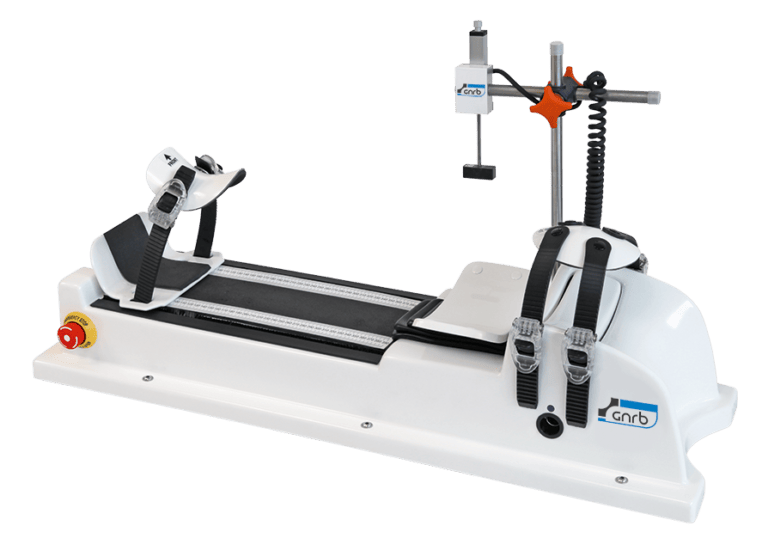
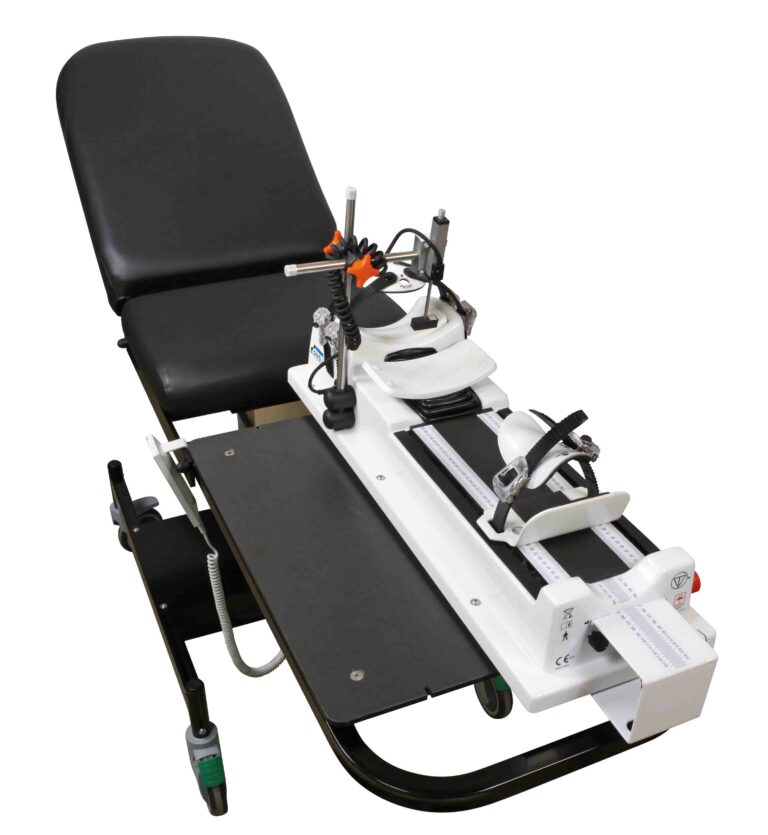
GNRB Arthrometer Features
- Medical Device: High-Tech Robotic Knee Laxity Arthrometer
- Knee Dynamic Assessments Performed:
- Application of Anterior Tibial Translations to measure the state of resistance of the ACL.
- Software: LDA Software – A user-friendly software developed by Genourob for optimal objective testing of the knee ligaments with an easy to access exportable database.
- Population: Wide range of normative data, from pediatric through adults, ages 8 – 100.
- After Sale: Excellent after-sale support, installation and continuing education programs.
- Warranty: 2 year-warranty.
- Shipment: Worldwide.
Dyneelax Knee Arthrometer
1) ACL Diagnosis
2) ACL Prevention
3) ACL Rehabilitation
4) ACL Follow-up
Why Knee Arthrometers Over MRI?
Sensitivity: A Recent study (DOI: 10.1016/j.knee.2023.03.017) has shown GNRB & Dyneelax knee arthrometers exhibit superior sensitivity in diagnosing partial ACL ruptures. Where MRIs might miss or misinterpret the minutiae of a partial rupture, these knee arthrometers catch them.
Cost-Efficient Diagnosis (90% Cost Reduction)
Economic benefits with reduced costs for both practitioners and patients.
Instantaneous & More Accurate Diagnostics
Immediate & accurate results about the state of resistance of the ACL without waiting for imaging processing.
Non-Invasive Evaluation
Reduces the need for invasive diagnostic procedures.
Free Space in MRI Rooms
Creates room for individuals battling more severe pathologies, like certain forms of Cancers.
How is GNRB used by Medical Practitioners?
GNRB: A 4 in 1 high-tech Medical Device
Diagnosis of ACL
Harnessing GNRB, we redefine ACL injury diagnosis. Especially with partial ACL ruptures, surpassing MRI's capabilities. Enter a new era of confident, precise assessments. Your knee's health, unmistakably reaffirmed.
Rehabilitation of ACL Injuries
Embrace GNRB's revolutionary technology as we guide you through the journey of ACL injury rehabilitation. Witness a transformation in recovery, where hope meets innovation. Rebuild with confidence and conviction.

Prevention of ACL Injuries
Utilizing the cutting-edge capabilities of GNRB, we unveil proactive strategies to prevent ACL injuries. Venture into a future where knee safety is prioritized. Protect and prevent, with assurance.
Follow-Up of the ACL
With GNRB as our compass, embark on a path of vigilant follow-up care for ACL injuries. Enter a realm where progress is measured, and healing is tracked with precision. Your journey, our commitment.

DOI: 10.1016/j.knee.2023.03.017
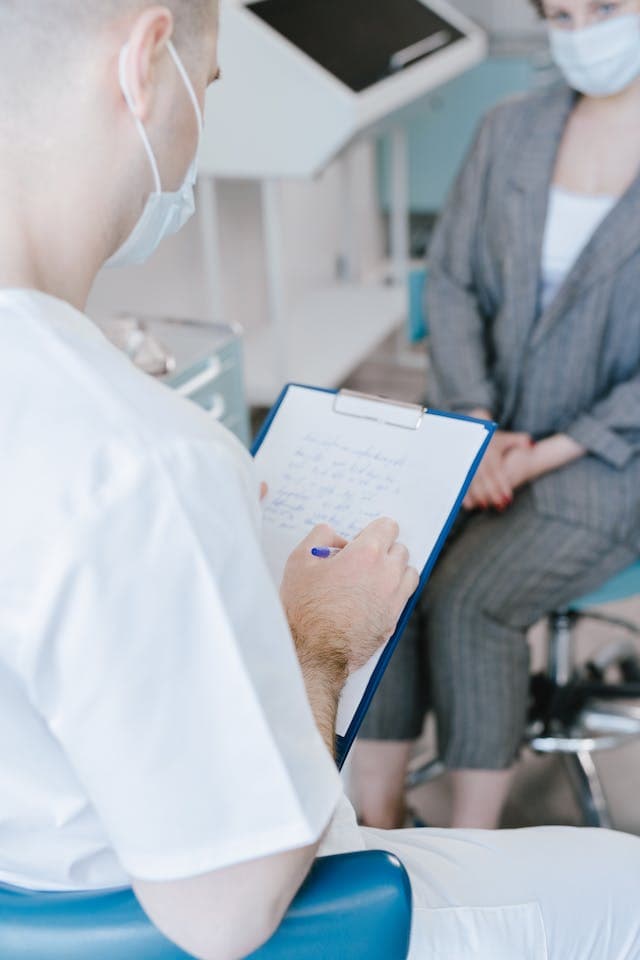
DOI: 10.1016/j.medntd.2023.100254
In which Healthcare Departments is GNRB utilized?
What defines GNRB as a crucial asset in top-tier facilities and what features does it offer?
Enhanced Objective Knee ACL Assessment through Dynamic Assessments
Harness the precision of our arthrometer's objective data to delve deep into the nuanced resistance conditions of the ACL.
The GNRB knee laxity arthrometer heralds a revolutionary shift in knee laxity assessments, offering quantifiable measurements that significantly mitigate the typical subjectivity associated with such evaluations. Its standout attribute resides in its adeptness to precisely measure anterior tibial translation, providing an exhaustive perspective of ACL integrity—2023 – [Theo Cojean] – A study on sensitivity, repeatability, and reproducibility utilizing a leg prototype of the innovatively designed knee arthrometer, GNRB.
Objective analyses are intuitively rendered via illustrative graphics that map the compliance patterns under distinct force applications on the tibia. Such detail is pivotal in discerning between healthy and compromised knees. The meticulousness with which the GNRB identifies knee stability through its automated anterior drawer tests sets it apart from prevalent market offerings, such as the KT-1000 and KT-2000.
In 2023, a study by Theo Cojean highlighted GNRB's sensitivity, repeatability, and reproducibility. Furthermore, studies from 2012 Collette et al., 2017 Jenny et al., 2022 Kayla Smith, and 2023 Magdic have validated the efficiency of GNRB in diagnosing ACL ruptures, reinforcing their clinical significance. It should be noted that GNRB technology is incorporated in the Dyneelax.
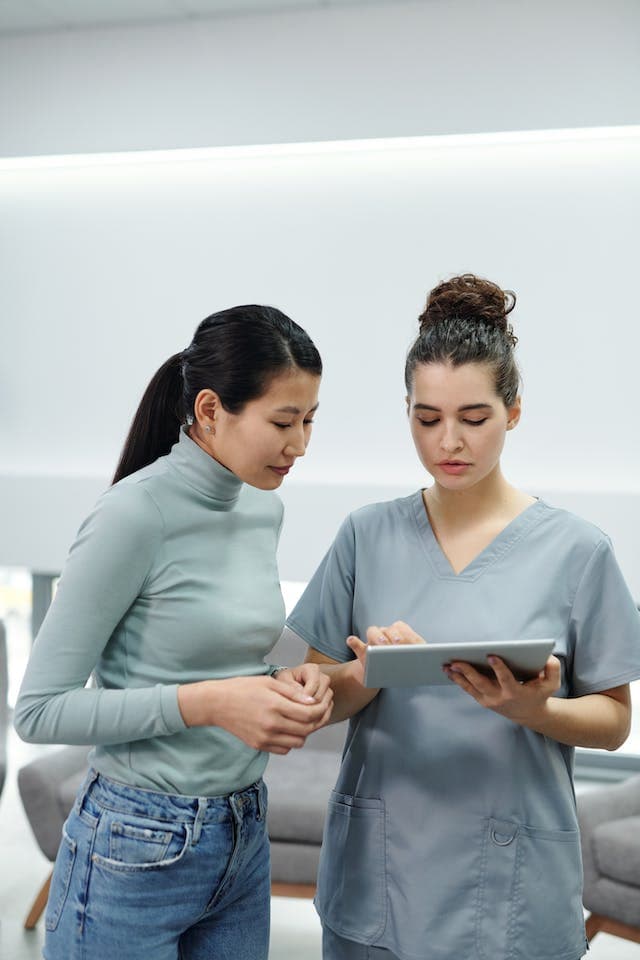

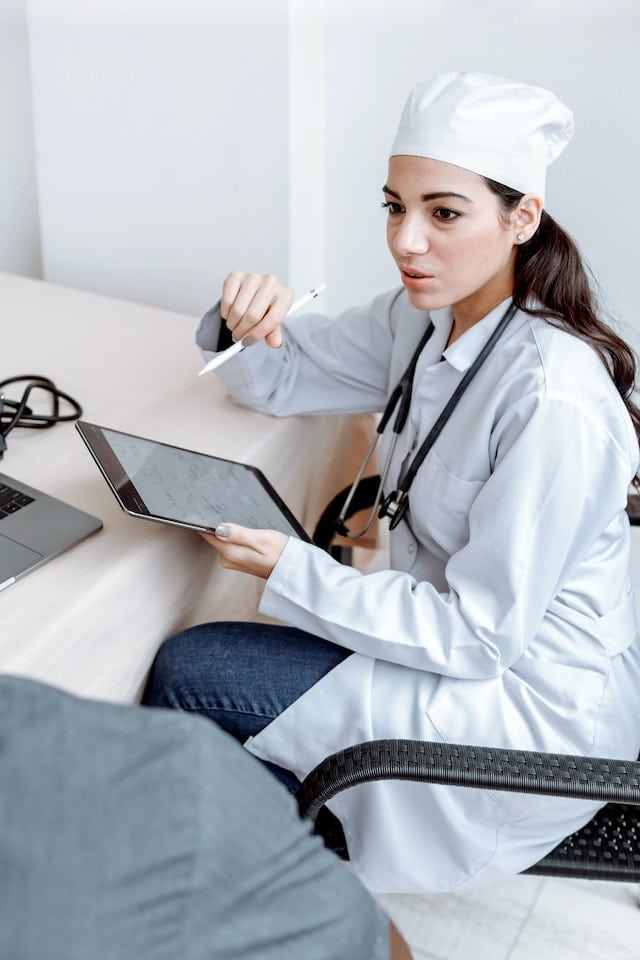


A distinctive advantage of the GNRB arthrometer lies in its diagnostic prowess, notably concerning partial ACL (anterior cruciate ligament) tears. Showcasing an enhanced detection rate for partial ACL ruptures, it consistently challenges the diagnostic sensitivity of MRIs —2023 – [Theo Cojean] – A prospective diagnostic study contrasting the GNRB arthrometer and MRI in clinical settings for identifying both complete and partial ACL tears, corroborated via arthroscopy on 214 patients.
This augmented detection capability not only accentuates the GNRB’s diagnostic proficiency but also highlights its cost-efficiency and user adaptability over MRI, addressing some MRI-related diagnostic hurdles for partial ACL tears.
Beyond being a precise and budget-friendly tool, the GNRB offers user-convenience, producing results that are decipherable without extensive training. Serving as a versatile device, it simplifies the diagnosis, prevention, rehabilitation, and monitoring of patients with knee ligament issues. With its objective, sharp, and direct outcomes, the GNRB stands out as a premier choice for diagnosing complete & partial ACL tears, offering a swift, cost-effective, and user-focused alternative to MRI.
Precision & Reproducibility: The GNRB Arthrometer's Credibility in Consistent Knee Laxity Assessments
The uniformity characterizing the outcomes generated by the GNRB knee laxity arthrometer speaks volumes about its unwavering dependability across varied evaluations. This highlighted reproducibility is achieved through the integration of precise sensors and well-defined guidelines, which enhance user ease and considerably boost test accuracy. A hallmark of the GNRB is its capability to consistently replicate the same initial conditions for every evaluation, ensuring the patient’s correct positioning each time a test is conducted. This meticulous control over the test setting allows for a seamless comparison of results over time, proving invaluable in long-term studies and post-operative reviews after Anterior Cruciate Ligament (ACL) surgery.
Such consistency in testing parameters and the ensuing data uniformity not only attest to the GNRB’s credibility but also bolster its esteem within the medical community. This is evident in studies like the one by Klasan, where the GNRB was compared with the KT1000 arthrometer and demonstrated accuracy comparable to high-end navigation systems. Furthermore, a 2023 research initiative by Renata Vauhnik in Slovenia highlighted the GNRB arthrometer’s elite reproducibility, amplifying its role in delivering reliable, consistent, and impartial knee laxity measurements. Garnering regular commendations from both clinical and academic arenas, the GNRB emerges as an essential tool for healthcare professionals aiming for detailed and uniform evaluations of knee laxity.
Safe ACL Assessments with GNRB
The safety measures integrated into the GNRB knee laxity arthrometer, especially post-Anterior Cruciate Ligament (ACL) reconstruction surgery, play a critical role in ensuring the sustained well-being and systematic recovery of patients. A common concern among medical practitioners is the potential risk of damaging the ACL graft during examination. However, it’s vital to understand that the forces exerted by the GNRB remain well within acceptable and tolerable limits. To put it in context, studies suggest that everyday activities like walking can subject the ACL to pressures nearing 350N(Download Nagura Study – 2006 or DOI: 10.1123/jab.22.4.305). In contrast, the GNRB judiciously administers a conservative 100N of force to the tibia during the assessment of the post-operative ACL graft, thereby significantly minimizing the chances of graft injury.
Before surgical interventions, the GNRB Arthrometer can apply forces of up to 200N to determine knee instabilities, ensuring a significant margin of safety. The forces utilized by the GNRB Arthrometer are rigorously controlled through a sophisticated computer system, leading to a safe and standardized testing environment. This precise control not only affirms safety but also paves the way for insightful evaluations shortly after surgeries. These evaluations help in understanding the graft conditions and in closely observing the healing trajectory. Bertrand Semay’s 2016 study (DOI: 10.1016/j.rehab.2016.07.045) focuses on the evolution of anteroposterior laxity in ACL reconstruction patients, measured by the GnRB device at 6, 9, and 12 months post-surgery. It underscores the importance of monitoring ligament laxity for effective rehabilitation.
Furthermore, Nouveau’s 2017 research (DOI: 10.24966/ORP-2052/100035) investigates the impact of early rehabilitation activities on the stiffness of ACL grafts, emphasizing the significance of balancing early mobilization with graft healing. Another interesting study is from Forelli in 2023 (DOI: 10.26603/001c.73031). It introduces a comprehensive rehabilitation approach, particularly for soccer players, stressing the need for a blend of clinical and sport-specific assessments to ensure a successful and safe return to play. These studies collectively advance the understanding of ACL injury management from surgical recovery to customized rehabilitation.
The insights gathered from such assessments are crucial, offering invaluable feedback to healthcare professionals during the vital initial post-surgery phase. Such detailed data aids in designing tailored rehabilitation strategies, promoting optimal knee stability for the years to come. Furthermore, thanks to its motorized functionalities, the GNRB Arthrometer supports safe assessments as soon as one month after the surgery, using minimal forces and torques, promising a thorough yet secure evaluation protocol. The thoughtful engineering and precise control of the GNRB Arthrometer emphasize its dedication to patient safety, positioning it as a reliable and essential instrument in contemporary knee ligament diagnosis and treatment.
Integrated Software and Assured Durability: Our Organizational and Warranty Commitments
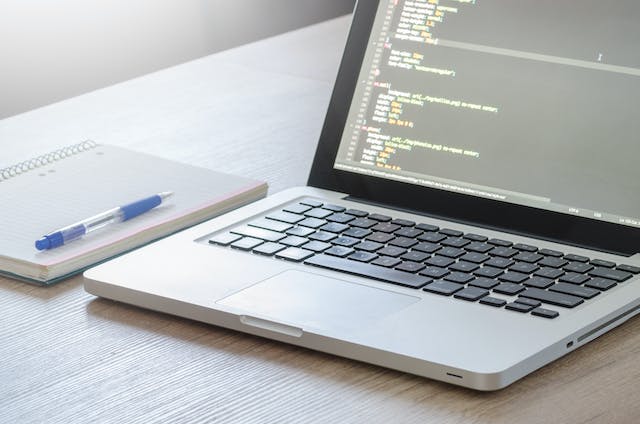
The seamless integration between our devices and the proprietary LDA software represents Genourob’s dedication to ensuring smooth, efficient operation. Developed with precision by Genourob, the LDA software is vital for facilitating tests using the arthrometers. It showcases an optimal blend of functional features and a design that prioritizes the user. Beyond making the testing procedures more straightforward, the software also functions as a centralized database, systematically recording each patient’s evaluation. With results being digitalized and automatically stored, managing vast amounts of data becomes markedly simpler. Such efficient organization enhances workflow and fosters improved communication, ensuring crucial data is both readily accessible and securely stored.
Our belief in the durability and dependability of our devices is further reinforced by offering a 2-year warranty. This warranty serves as evidence of the meticulous craftsmanship and rigorous quality assurance that underpins our manufacturing process. Customers can feel confident knowing that their chosen device is designed to withstand intensive clinical use, backed by the security of warranty protection. Such warranty arrangements underline our continuous pursuit of customer satisfaction and our unwavering dedication to producing top-tier quality products.
What are the Technical Specifications of GNRB?
Main Specifications
- The medical device is a device to help diagnose partial or total lesions of the knee’s cruciate ligament
- Must be used by a healthcare professional
- The device can be used to help with diagnosis, to follow the evolution of a pathology or ligamentoplasty (cruciate ligament operation).
- The principle of the device is to apply a thrust force on the calf thanks to an articulated mechanical system and to record the displacement of the tibia in relation to the femur for each force thanks to a sensor placed on the Anterior Tibial Tuberosity (ATT).
- Measurements are taken on both lower limbs and the analysis of the lesions can be done by observingthe difference between these two values and especially by comparing the slope of the curves obtained.
- The system includes a 3-level safety system based on mechanic and software controlled mechanism.
Software Specifications
- The software ensures optimal use of the product to avoid handling errors. Very intuitive and easy to use, the operator is guided on the different parameters to be validated before launching the tests.
- The system allows for easy register of patient.
- The software should automatically apply chosen test.
- The software helps to practice a test with the same parameter from the most recent examen.
- The software offers a easy-to-read graphs with colors accompanied by a chart.
Standard Accessories
- Operating instructions
- Computer/tablet
- Software
- Power cable
- USB cable
Optional Accessory
- PCL Option
- Rotab Option
- Radio Option
Technical Data
- Power Supply: Input Voltage 230 VAC, Input Frequencies 50 or 60 Hz
- Dimension (standard position): 930 x 270 x 500 mm
- Weight: 15Kg
- Maximum Patient Weight: 135Kg
